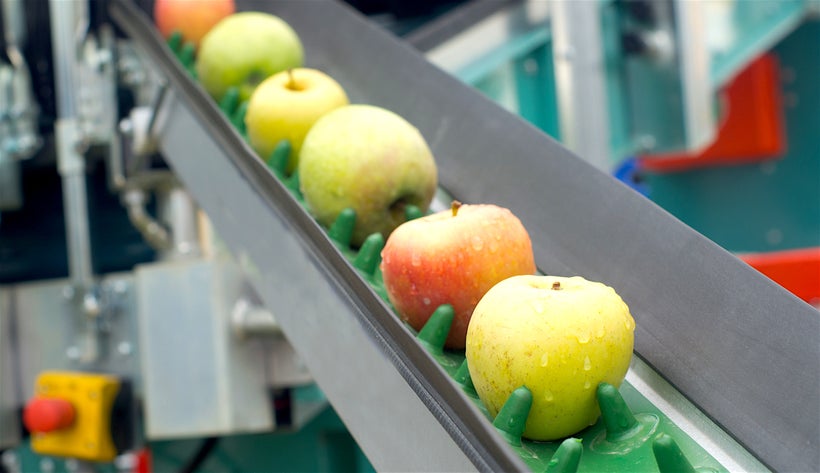Originally published on huffingtonpost.com on June 14, 2017. Written by Emily Broad Leib, Assistant Clinical Professor of Law, Director of the Harvard Law School Food Law and Policy Clinic, Deputy Director of the Center for Health Law and Policy Innovation, and Laurie Beyranevand, Professor of Law, and Senior Faculty Fellow, Food Law and Policy at the Center for Agriculture and Food Systems at Vermont Law School.

“Eat your fruits and vegetables” is a simple-enough piece of nutritional advice most Americans have heard since they were young. When you look at America’s food policies, however, that straightforward missive gets incredibly complicated. Though our national nutrition guidance recommends that fruits and vegetables make up more than 50% of our dietary intake, the lion’s share of federal funding for farmers goes to soy, cotton, and corn. In fact, as a nation we produce 24% fewer servings of fruits and vegetables than would be necessary for us to meet that nutrition guidance.
There are many such head-scratching discrepancies all across our country’s food policy landscape. The web of food law in the United States is incredibly complex; for example, on the issue of food safety alone, there are over 15 federal agencies administering 30 different laws! Yet, at present, none of these laws or agencies are coordinated. For an administration that has pushed to reduce the role of regulatory agencies and save taxpayer dollars, the inefficiency of our food policies and laws is even more glaring.
At the Harvard Law School Food Law and Policy Clinic and the Center for Agriculture and Food Systems at Vermont Law School, we’re committed to streamlining and improving our food policies. Earlier this year, we published Blueprint for a National Food Strategy which makes the case for laying all the pieces of our food policy on the table, together, so that we set goals and priorities, and fit them together in the way that works best. This week, we are hosting a webinar about our Blueprint report; the webinar will explain our research and findings in more detail, and provide an opportunity to kickstart a dialogue about making the idea of a national food strategy into a reality.
A national food strategy is not only beneficial, but also completely feasible – our research found that there are countless models from which we can draw inspiration: from Brazil to the United Kingdom, other nations around the world have created national food strategies to better coordinate among competing agencies, interests, and priorities. Brazil cut child malnutrition by 61% and rural poverty by 15%, largely through their support of local farmers; at the same time, they’ve become one of the world’s top food exporters. However, we don’t even have to look abroad to see how a coordinated system of laws and policies can be effective. In the United States, our government has created national strategies to address a wide variety of pressing issues of national concern such as HIV/AIDS, antibiotic resistance, and national security.
We are hardly the first to call for a national food strategy: In November 2014, some of our top food policy thought leaders penned an op-ed in the Washington Post calling for the creation of a national food policy. In it, they focused on a host of food-related crises, including type 2 diabetes, a dwindling farm economy, and climate change, and argued that a national food policy could address these challenges and more. Yet despite the data that shows how beneficial it would be, we’re still no closer to a comprehensive plan for our food system in the United States.
A national food strategy could save lives, and it could also be a boon for the American economy. Our food and agricultural system employs 10% of the population, and 100% of the population participate in the food system as consumers. The current state of the food system in our country is clearly a matter of national concern that touches all of us—from farmers in rural America who are struggling to make ends meet to children and adults battling obesity, diabetes, and other diet-related diseases. Each piece of the food system impacts another, and they all impact American lives. We need to start taking a strategy seriously—if not, we risk continued inefficiencies and poor outcomes that will be far too costly.


Health Law & Policy, Commentary
Gearing Up for 2025: Advocates Share Challenges and Opportunities – Health Care in Motion
December 18, 2024